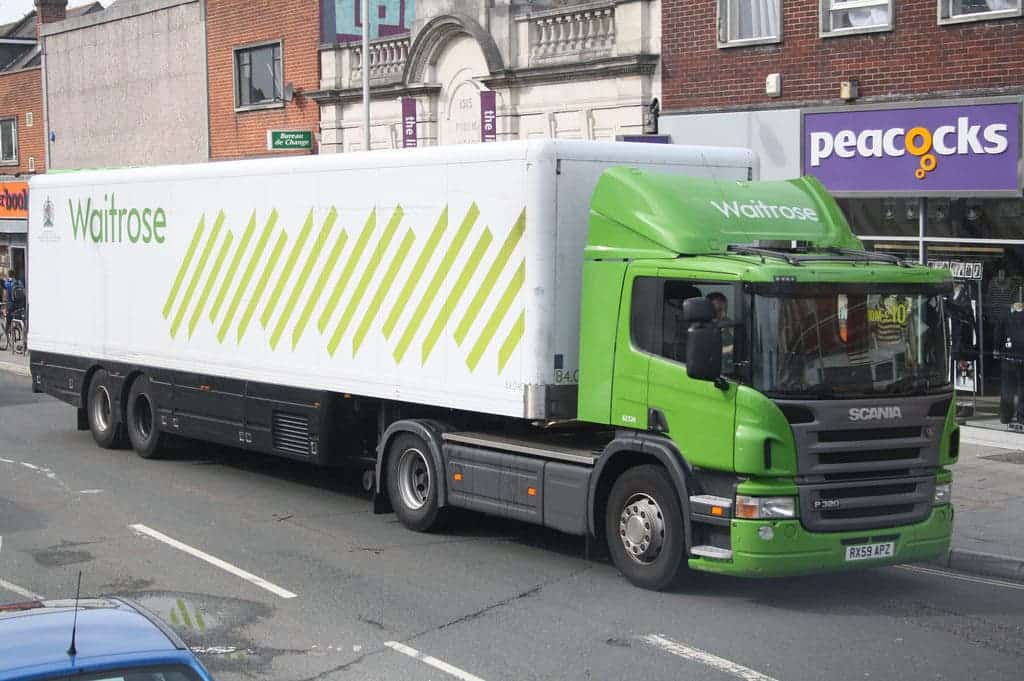Waitrose, a British upscale supermarket, has become the first major European company to use trucks powered by food waste. The truck can run for 500 miles on one fill, twice the current average.

Food waste is one of the major problems we have to tackle for a sustainable future. Roughly one third of the food produced in the world for human consumption every year — approximately 1.3 billion tonnes — gets lost or wasted. This is a complex issue with several causes that must be tackled in several ways. While trucks which use fuel derived from food waste aren’t going to completely solve this, they are definitely an encouraging step forward.
“We will be able to make deliveries to our stores without having to refuel away from base,” Justin Laney of the John Lewis Partnership, which runs the Waitrose grocery chain, said in a statement on Thursday.
Waitrose is one of several supermarket chains in the UK attempting to combat food waste, which is running rampant through the country. At a time when 8.4 million U.K. families struggle to feed themselves daily, the volume of household food waste continues to soar, amounting to an estimated 7.3 million metric tons in 2015. While preventing this food from going to waste would be ideal, having trucks that basically run on rotting food doesn’t sound too bad.
Gas provider CNG Fuels, who partnered with Waitrose, said the grocery chain had added 10 trucks to its fleet, all powered by renewable biomethane gas which emits 70 percent less carbon dioxide than diesel. The cost of this food-derived biomethane is 40 percent cheaper than diesel. Autonomy has been a major issue for this type of technology, but the trucks used here will have twice the autonomy of previous models.
So the fuel is cheaper, it reduces emissions, and it uses a readily available “resource” — rotting food. At the end of the day, this sounds like a pretty good deal.


